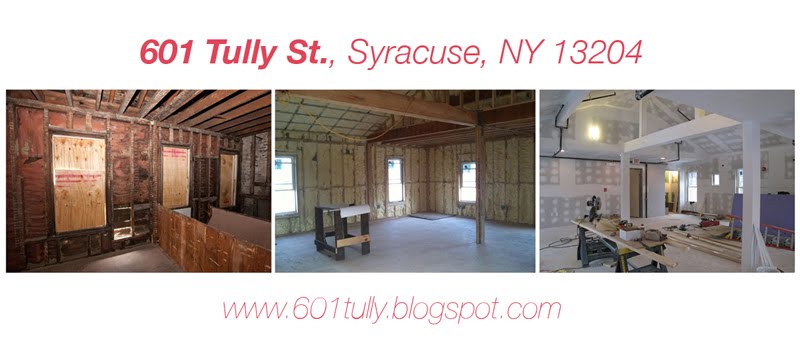I believe that the participants of the 601 Tully project are members of what Miwon Kwon describes as a, “sited community”. That is, one in which the members have a, “clearly defined identity in the sense of having established bases, modes of operation, or a shared sense of purpose. (120)” In particular, I feel that my work within 601 Tully is one in which I am a participant of a collective whole who are, together and with a shared sense of purpose, working towards the completion of an amazing piece of community-based art. Furthermore, the collective “artist” of 601 Tully is a group of unique individuals from a variety of backgrounds. I believe this is a successful collaboration for this project because the expertise and knowledge base creates a network that can achieve more than the individual. As Kwon states,“…within the community-based art context, the interaction between an artist and a given community group is not based on a direct, unmediated relationship. Instead it is circumscribed within a more complex network of motivations, expectations, and projections among all involved. (141)”
As an architecture student participating in the realm of the artist, I am finding that working on 601 Tully to be a rewarding learning experience. I have found that the attention is focused on how the occupant will interact with the building on a very small scale and therefore great care is placed in perfecting the details (like embedding small bits of color into a table-top or crafting every seating surface and floorboard by hand). It is a focus that is often overlooked in the grand scheme of architectural design, but one that I have learned is crucial to the overall experience for the occupant.

It's interesting that you're defining the class members themselves as a "sited community" even though there aren't physical geographical bounds. I agree that the class is a community unto itself but I see it more of an invented community, one in which it creates the definition and guides the development of itself.
ReplyDelete